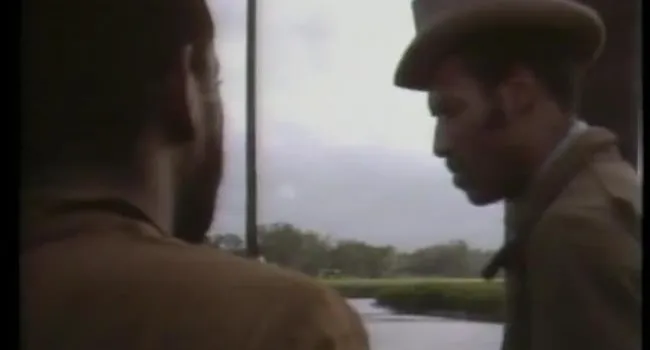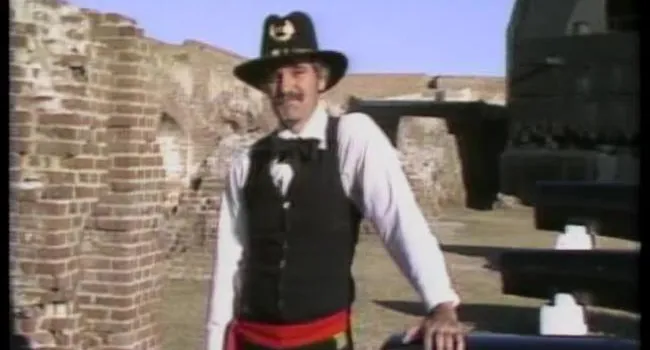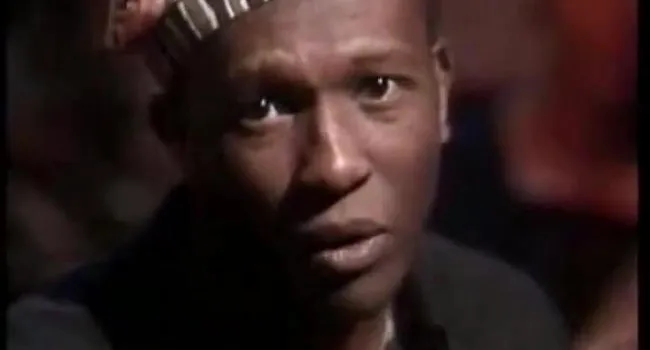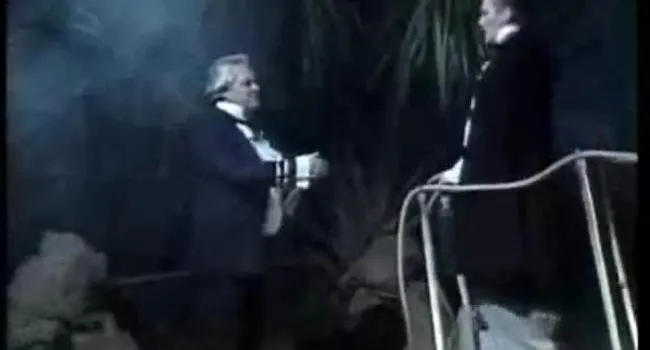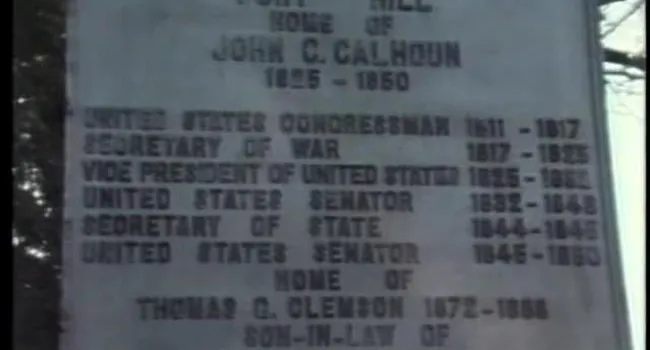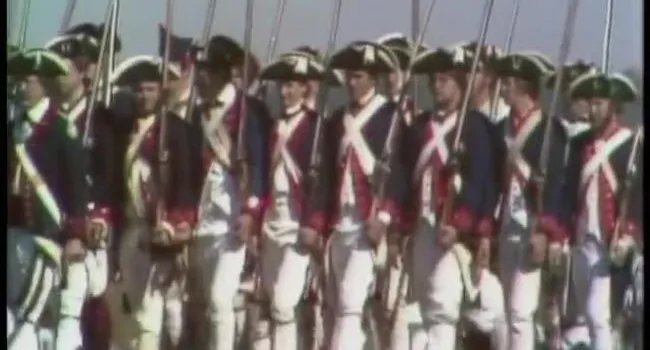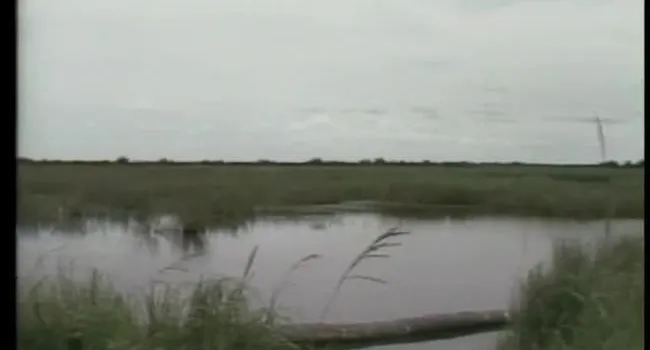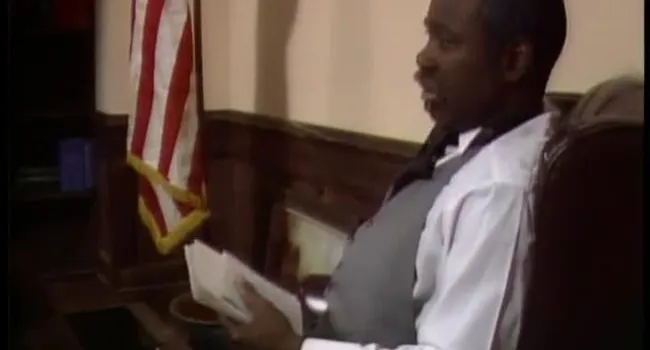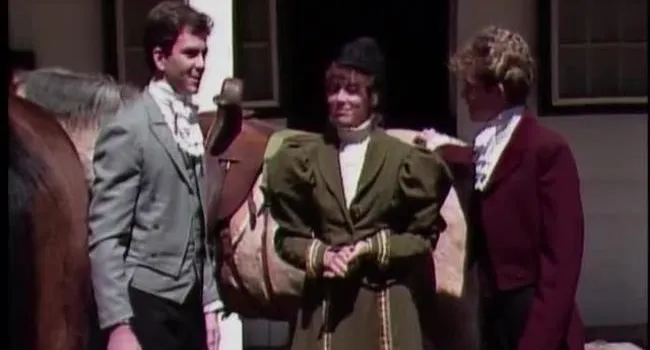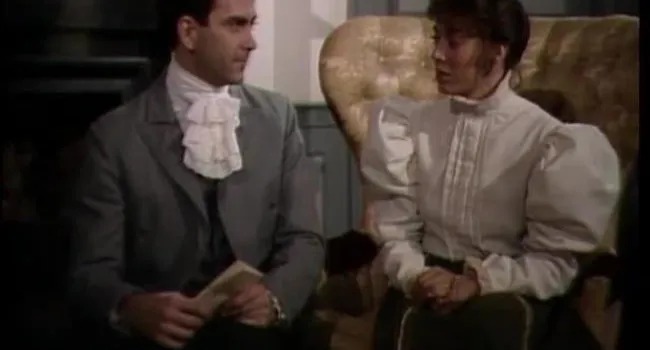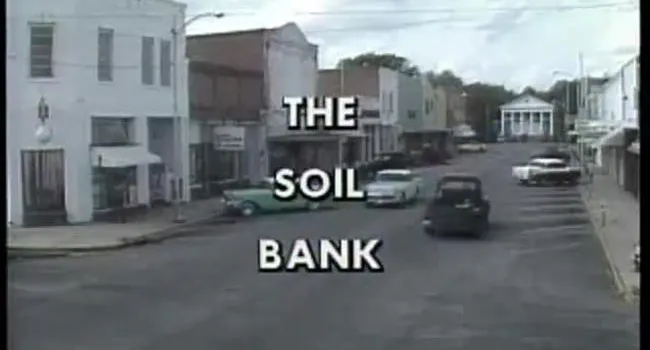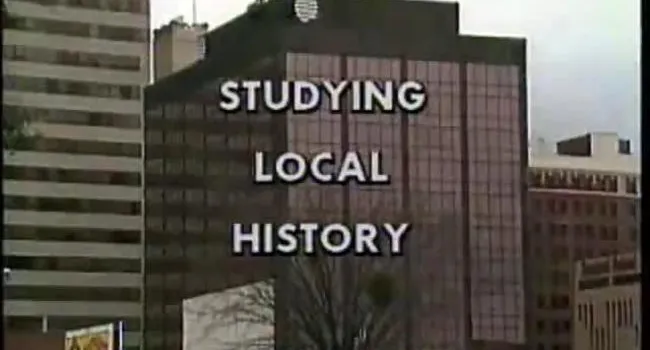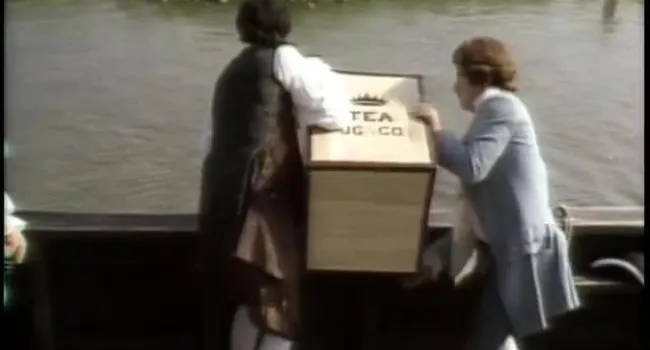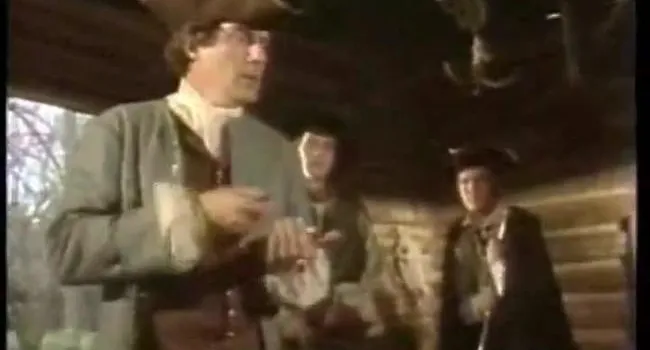The opening and closing wraparounds take place by an old abandoned tenant farm house in Pickens County near Clemson University. Here the host establishes the location and story line.
The Reenactment: The year is 1943. Ben Robertson, a noted journalist and native South Carolinian from the "red hills and cotton" area around Clemson, is in a military airport near New York awaiting boarding the "Yankee Clipper" to take him to London where he had been assigned as a correspondent for the New York Herald-Tribune. While waiting, he has a conversation with Bill Winchester (a fictional character). In this conversation Ben tells of his boyhood days growing up in South Carolina near Clemson. This conversation includes a series of flashbacks.
In these flashbacks, Ben and his two boyhood friends, Harve and Popcorn, discuss their plans for the future; Ben's father, a landowner, talks with one of his tenants; Ben, Harve and Popcorn meet at the train station as Harve and Popcorn prepare to go north for what they hope will be a better future. Also at the station is Winnie Mae, another friend headed north.
Standards
- 4.5.P Summarize Reconstruction as a turning point in American history.
- 4.5.CC Identify and evaluate the impact of economic, political, and social events on the African American experience throughout Reconstruction.
- 4.5.E Analyze multiple perspectives of the economic, political, and social effects of Reconstruction on different populations in the South and in other regions of the U.S.
- 5.1.CX Contextualize how the Second Industrial Revolution led to an increased desire for raw materials and the United States involvement in imperialistic efforts and economic expansion.
- 5.1.CE Examine push- and pull-factors related to immigration and expansion on urban and rural populations during the period.
- 5.1.E Analyze multiple perspectives on the economic, political, and social effects of western expansion, the Industrial Revolution, and immigration through primary and secondary sources, and evaluate the subsequent changes to the U.S.
- 8.4.P Summarize the economic changes that emerged in South Carolina and the U.S.
- 8.5.P Analyze the transformation of South Carolina’s economy from the Great Depression to its current economic diversification.
- This indicator was designed to promote inquiry into the devastation of the Great Depression and the impact of the New Deal on a largely agricultural South Carolina. This indicator was also designed to foster inquiry into the economic diversification between World War II and the present, to include tourism, global trade and industry, and the maintenance of military bases.
Resources
You need to be logged in to listen to view this content. Create an account now; it's quick, easy, and free!
Log In to View






